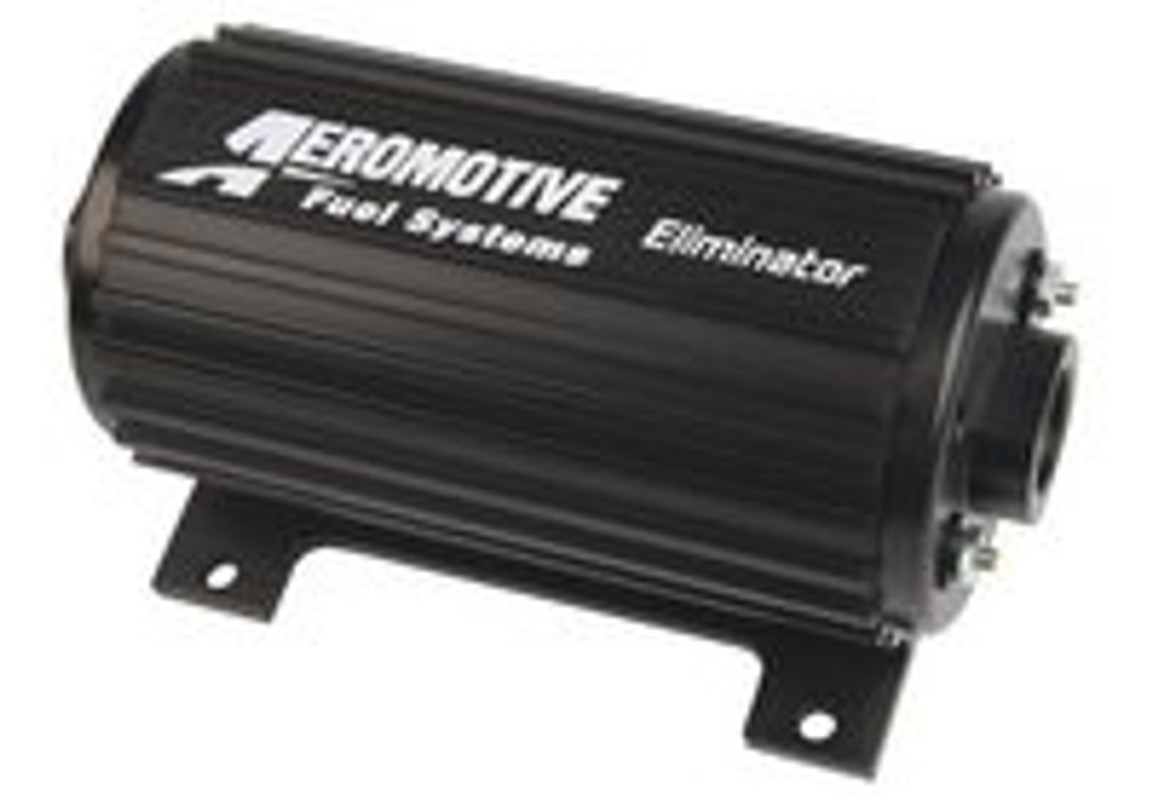Not Sure Which Fuel Pump is Best for Your Needs? Read This.

How do you figure out which fuel pump will suit your car's needs? With math!
OK, you don't actually need to do the math since there are plenty of calculators available, and we've done our own testing to give you ballpark figures on the capacities for the pumps we sell. However, understanding how these figures are reached will help you better understand the results.
When buying a pump, remember that bigger is better: a fuel pump that is a little over capacity for your application will give you some breathing room, and it will last longer if it isn't constantly working at maximum capacity.
Comparing Flow Ratings
Gasoline weighs about 6.34 lbs. per gallon, while E85 and Methanol both weigh about 6.6 lbs. per gallon. To convert gallons per hour into pounds, just multiply by the fuel's weight.
One liter is equivalent to 0.264 US gallons. To convert to gallons per hour, divide the pump's quoted LPH rating by 0.264.
How Much Fuel Flow Do I Need?
Brake Specific Fuel Consumption (B.S.F.C.) is a measurement for how much fuel is required by weight to produce one horsepower for one hour. Gasoline has a B.S.F.C. between 0.45-0.50 when using a naturally aspirated engine and 0.60-0.65 for a forced induction engine.
What about other fuels? Both E85 and methanol have shorter chain hydrocarbons, which means less energy density. As a result, more fuel is needed for a given application.
E85 has a B.S.F.C. of 0.63 to 0.70 in a naturally aspirated engine, and 0.84 to 0.91 in a forced induction engine. Methanol has a B.S.F.C of 0.9 to 1.0 in a naturally aspirated engine, and 1.80 to 2.00 in a forced induction engine.
Let's say we have a naturally aspirated gasoline engine producing 500 hp. Multiply that by gasoline's B.S.F.C. of 0.50, and that means the pump needs to move 250 lbs./hr. Looking at a pump rated in gallons per hour instead of pounds? Divide the lbs./hr. figure by 6.34, and you get 39.5 gallons per hour.
How Much Fuel Pressure Do I Need?
Friction both in the pump and along the lines and fuel rail will decrease the pressure at the injector by between 4 and 10 PSI. Quoted flow for injectors is reported for a pressure of 43.5 PSI at regular atmospheric conditions. If the engine uses forced induction, the injector will need extra pressure to counteract the added pressure inside the intake manifold, equal to the maximum boost PSI. For our naturally aspirated engine, we would just need to compensate for friction, requiring a pump capable of 47.5 to 53.5 PSI depending on friction losses. If that same amount of power was being made with engine using a supercharger producing 10 PSI of boost, the fuel pump would need to maintain an additional 10 PSI, or 57.5 to 63.5 PSI.
Measuring pressures in inches of mercury? To convert to PSI, divide by 2.04.
Internal or External?
An external pump will be louder, but it will also be easy to install since it attaches to the fuel line near the engine. An internal pump will be quieter, and will generally last longer since heat is transferred to the fuel surrounding it. However, installing an internal pump usually involves dropping the fuel tank, which can be a serious hassle.
Where Can I Find the Right Pump for My Mustang?
Anderson Ford Motorsport doesn't just sell aftermarket performance parts, we test what we sell and even develop some of our own parts in-house. We can help you find the right solution for your Mustang's fuel needs, no matter how tame or radical the build.
Recent Posts
-
Bringing the Fox Body Mustang into the 21st Century with Holley Terminator X
Anderson Ford Motorsport has been in the Fox Mustang performance industry since 1989. One of the bi …22nd Oct 2021 -
Roush Supercharger install on a 2019 Ford Mustang
Check out this 2019 Ford Mustang before and after we installed a Roush Supercharger. …21st Feb 2020 -
All Blower Installations are not Equal.
Why Should You Choose a Company to Install Your Blower That Has a Dyno Facility In-House?Are all de …24th Jan 2020


